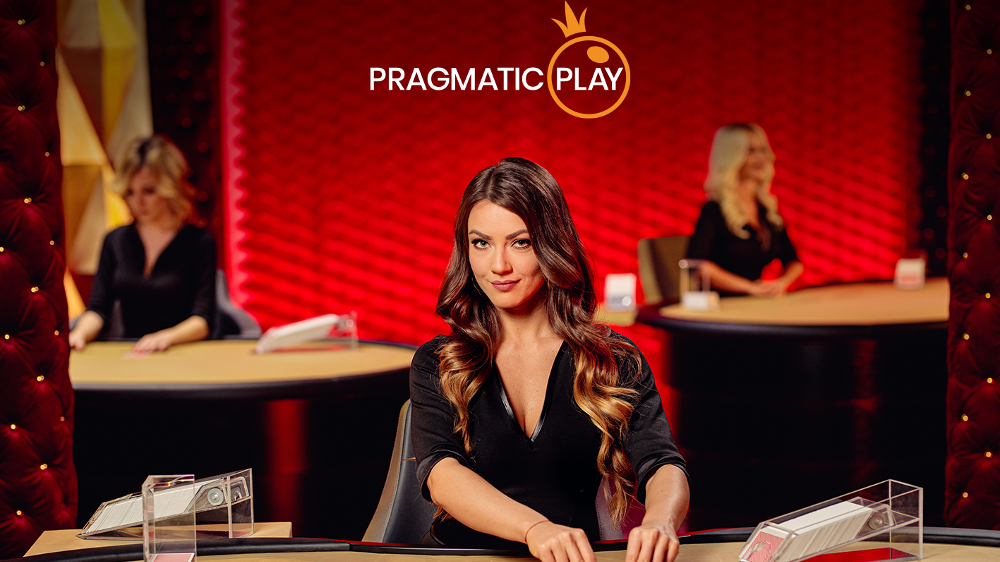The casino is a world onto itself. There are no Habanero, no clock, but there are flashing lights, and the din of clacking coins and whirring slot machines. Beyond the slots, figures are mesmerized at the crap table. Interest in poker hit new heights with televised Texas Hold ‘Em tournaments. For the majority of gamblers, this is excitement, recreation, a fun diversion or escape from the ordinary and a chance to beat the odds. For others, an estimated three percent of the adult population, it’s an addiction, an endless roller coaster of excitement and despair.
A pervasive characteristic of addiction of any kind is that the repeated behaviors have led to a range of negative consequences. This may be putting it mildly in the case of pathological gambling, because someone in the grips of compulsive gambling usually suffers severe blows to finances and relationships before seeking help. His or her life may be in shambles.
Often the compulsive gambler’s denial leads him to believe that the next round will save the day. Of course, if the numbers come up right, the cash or credit won is then “invested” again. Gambling addiction is hardly a recent development, but the advent of electronic poker and the break-neck speed of today’s slot machines, as well as Internet gambling have actually sped up the time it takes to gamble for fun and when it slips into problematic, then compulsive behavior.
Pathological gambling, like other addictions, is both a biological and a behavioral disease. While we don’t know all the factors leading to gambling addiction, they often include social, family and psychological elements. We do know that the brain neuropathways involving the brain’s mechanisms are affected in an individual’s perception of rewarding experiences. The emotional escape that an individual finds in gambling may become entrenched.
We have seen from 15-20 percent of patients who suffer from cross-addictive disorders, such as alcoholism or drug dependency with problem gambling. Some estimates state that 35 percent of those with substance abuse or dependence also have met the diagnostic criteria for pathological gambling at some point in their lives. The SOGS (South Oaks Gambling Screen) is the accepted psychosocial diagnostic tool to identify a gambling problem and its progression.
Both substance and gambling addiction are progressive diseases, and may be characterized by inability to control impulses (to use or to gamble) denial, anxiety mood swings and depression and the need for instant gratification. Gambling, like chemical dependency, offers euphoric highs, which are inevitably followed by emotional valleys and usually remorse and shame. A major difference in gambling versus substance addiction is that the alcoholic or drug addict doesn’t believe the substance is the answer to recovery and to his problems, while the compulsive gambler believes the Big Win will be the answer to all his problems.

